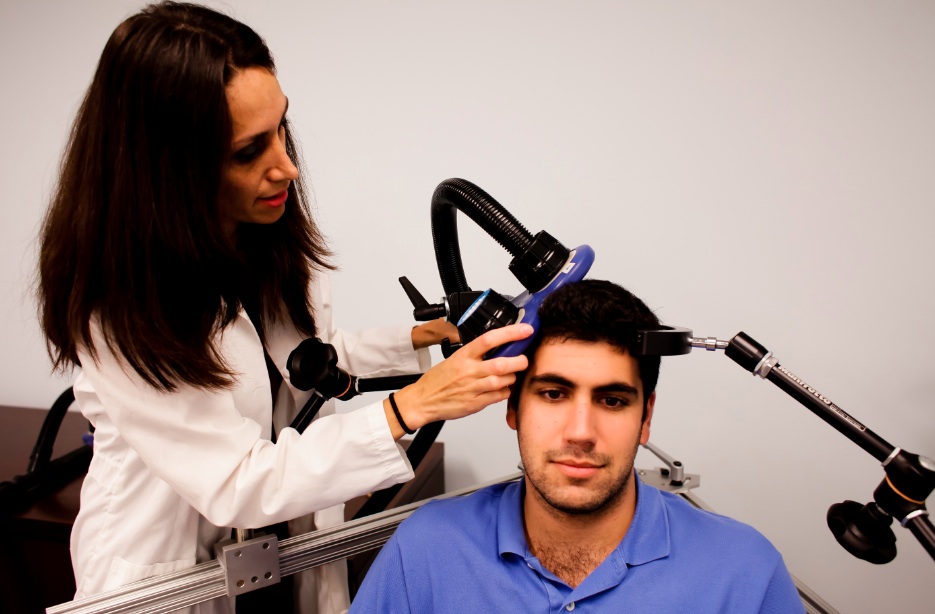Personalizing Transcranial Magnetic Stimulation for Better Results
At the 3rd Annual Meeting of the Clinical TMS Society this past May, this editor (Robert M. Post) discussed remission rates for repeated transcranial magnetic stimulation (RTMS), which at 30% leave room for improvement. It may be possible to personalize treatment parameters to achieve better success in individual patients.
RTMS is a non-invasive procedure in which a magnetic coil placed near a patient’s head delivers electrical currents to their brain. High frequency stimulation (10Hz to 20Hz) increases brain activity as measured on PET scans, and low frequency stimulation (1Hz) decreases it, so it might be possible to choose the best frequency for an individual patient based on their baseline level of brain activity. If this is not possible, patients who fail to respond to one frequency might be switched over to the other frequency.
RTMS can be given during active positive cognitive behavioral therapy. Patients primed with positive thoughts and feelings may find that rTMS enhances these. (Some practitioners in the audience indicated that they already combine therapy and rTMS and have seen good results).
RTMS might enhance extinction learning, or the breaking of a habitual way of thinking, as it stimulates the media prefrontal cortex, a critical area for new learning. D-cycloserine, a partial glutamate agonist, has been shown to enhance extinction, and since rTMS releases glutamate and BDNF, it might also do the same.
It may also be possible to use rTMS in conjunction with medications (such as valproate) that affect epigenetic changes on the histones around which DNA is wrapped (because valproate is a histone de-acetylase inhibitor, preventing the removal of acetyl groups from the histones and allowing them to be transcribed more easily). Valproate enhances extinction learning in animals, so the stimulation of the medial prefrontal cortex and the increase in BDNF and glutamate that occur with rTMS may interact to potentiate this extinction learning.
One could also envision using rTMS to enhance learning during the memory re-consolidation window that opens 5 minutes to an hour after a person actively recalls old memories, and which can lead to more permanent memory alterations in anxiety disorders, post-traumatic stress disorder (PTSD), and substance abuse.
Since patients are awake and able to talk during rTMS, making use of evoked thoughts and memories specifically for a given patient may lead to enhanced clinical effects, because these neural pathways are more selective activated and potentiated, leading to what is called experience-dependent neuroplasticity.


